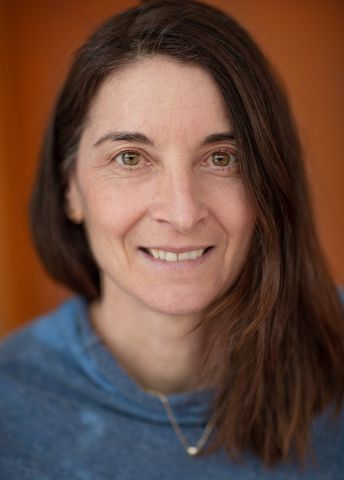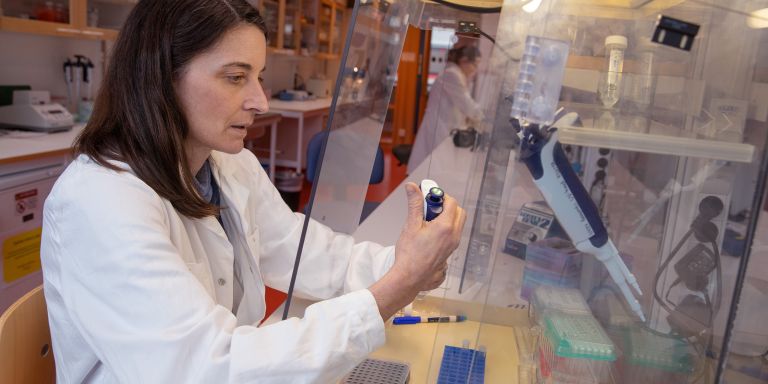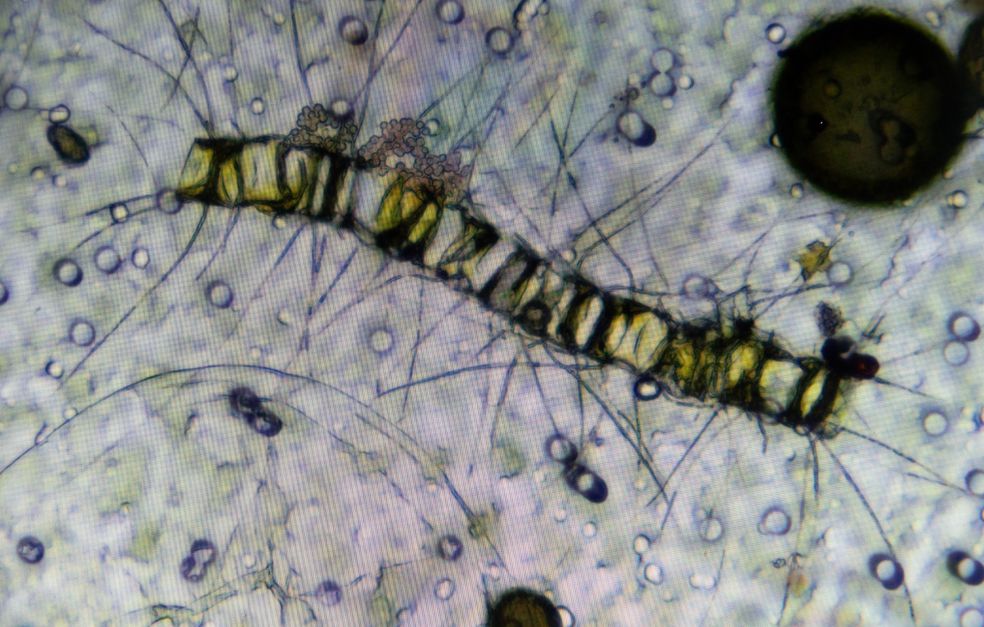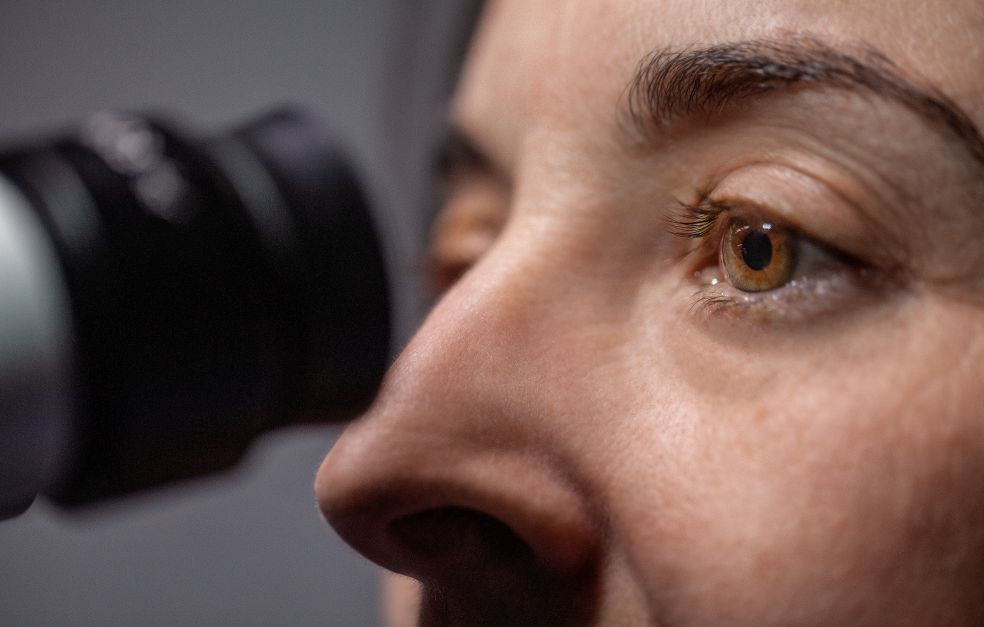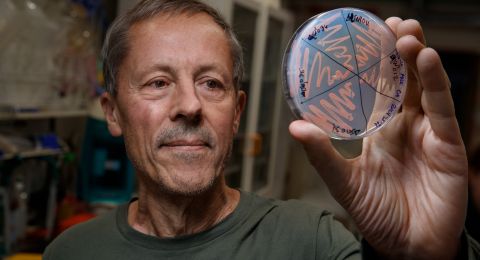The world’s oceans play a central role in the global climate. Wallenberg Academy Fellow Rachel Foster is researching on marine plankton communities that impact nitrogen and carbon cycles. She is studying vital marine organisms and revealing the molecular details of previously unknown mechanisms.
Rachel Foster
Associate Professor of Microbial Oceanography
Wallenberg Academy Fellow, prolongation grant 2019
Institution:
Stockholm University
Research field:
Metabolic interactions in planktonic symbioses
Foster has been passionate about the sea ever since her childhood summers spent at the beach. But it was during a research voyage from Florida to Montserrat that she finally decided on her future career. She received a master’s in marine environmental science and PhD in Oceanography from Stony Brook University in New York. During her PhD she began researching interactions between marine microorganisms.
“The boat expedition was a fantastic experience, and I have been guided by the feelings it engendered ever since. I really love spending time at sea. That’s where all my research ideas come to me.”
Much of Foster’s research concerns the symbiosis and exchange of nutrients between diatoms and nitrogen-fixing cyanobacteria. Marine diatoms account for twenty percent of the oxygen we breathe, and are eaten by numerous small animals that in turn become food for fish. But these tiny algae also play a key role in marine carbon and nitrogen cycles.
Fascinating partnership
Nitrogen is vital to life, but little of it is available in large areas of the sea. Diatoms themselves are unable to convert nitrogen gas; they are entirely dependent on the ability of cyanobacteria to fix nitrogen from the atmosphere. They combine to form huge algal blooms on sea surfaces across the world. Foster wants to improve our understanding of the interactions between these two microorganisms.
“These organisms are really most at home in coastal areas, but the partnership they formed enabled them to move out into the open sea. We are probably seeing a successful model for co-evolution.”
Symbiosis involves complicated mutual dependence between host and guest, and is fascinating to explore.
“The system that I study is like a continuum of cellular integration, from cases where the cells of organisms live on the outside, those where they are partially integrated, and those where they have penetrated the cell membrane.”
Foster wants to create an overall picture of the shared lives of these organisms by using a multitude of methods: from analyses under microscopes out to sea to advance molecular techniques and mass spectrometry in the laboratory.
“Our findings suggest that diatoms can control cyanobacterial metabolism. Cyanobacteria likely get carbon from diatoms, providing energy for nitrogen fixation.”
One question concerns the way the organisms share resources.
“We’ve seen that they compete for similar nutrients to some extent. One of the most important substances is iron, which is needed for photosynthesis, as well as for fixing nitrogen.”
Different genes regulate iron uptake. Ahead of the team lies the task of ascertaining whether the host is able to modify the genome, e.g. by scaling the number of genes up or down, in order to deal with the resident guest. A question studied is whether any genes have been transferred between the partners, a common phenomenon in symbioses.
“The Wallenberg Academy Fellow grant has taken my research to a level that wouldn’t have been possible without the major economic support and also the support from KAW Fellow program to think “outside the box.” I’ve been given a chance to explore new methods and obtain knowledge outside my immediate field, which is invaluable.”
Large-scale map of plankton communities
Working with international colleagues, Foster has created a global map of marine plankton communities. The overview is based on large-scale sampling over four years at over 200 sites in key marine regions around the world. At each site, DNA samples were taken from three different depths. In some places, DNA samples were combined with microscope images.
The result is a database comprising over two million images and large numbers of DNA sequences. Foster and colleagues were able to use her own microscopy images to make a training set to predict the diatom symbioses using image recognition technology. Meanwhile gene sequences of the symbionts could be detected in the DNA samples.
“The locations where the microscopy images were predicted matched the DNA sequences surprisingly well. It turns out that image recognition can be used as a new and powerful tool to make new observations without even leaving the lab.”
The project has resulted in the discovery of new hotspots for nitrogen fixers, particularly in the Indian Ocean, which is one of the least explored oceans. A surprising find was also made: minute nitrogen fixers less than 0.2 micrometers across were detected.
“We could also use genetic analyses to identify previously unknown symbionts in freshwater environments. Research in this field is constantly advancing,” Foster says.
New insights into climate
The researchers hope that better knowledge of the relationship between diatoms and cyanobacteria will help us to understand nitrogen and carbon cycles, and yield new insights on climate.
“We often wonder what will happen to global biology in a future climate. Perhaps symbiosis of this kind will be advantageous because there is evidence that these symbioses evolved in an era of extremely high carbon dioxide concentrations. It’s especially interesting to study these cells from an evolutionary viewpoint.”
Another vision is to benefit from microorganisms in the sea as a model system for modifying various terrestrial crops.
“We may be able to transfer functions from marine systems, which have evolved over hundreds of thousands of years, to agricultural crops. I’d really like to collaborate with researchers in synthetic biology to see whether these planktonic systems could be helpful in the quest to engineer plants with microbial N2 fixation genes.”
Text Nils Johan Tjärnlund
Translation Maxwell Arding
Photo Magnus Bergström
